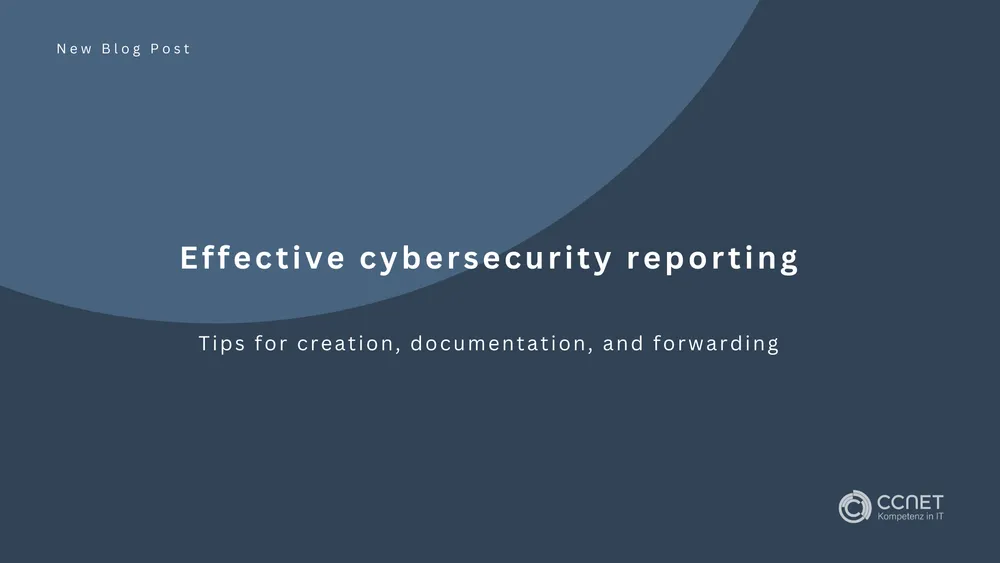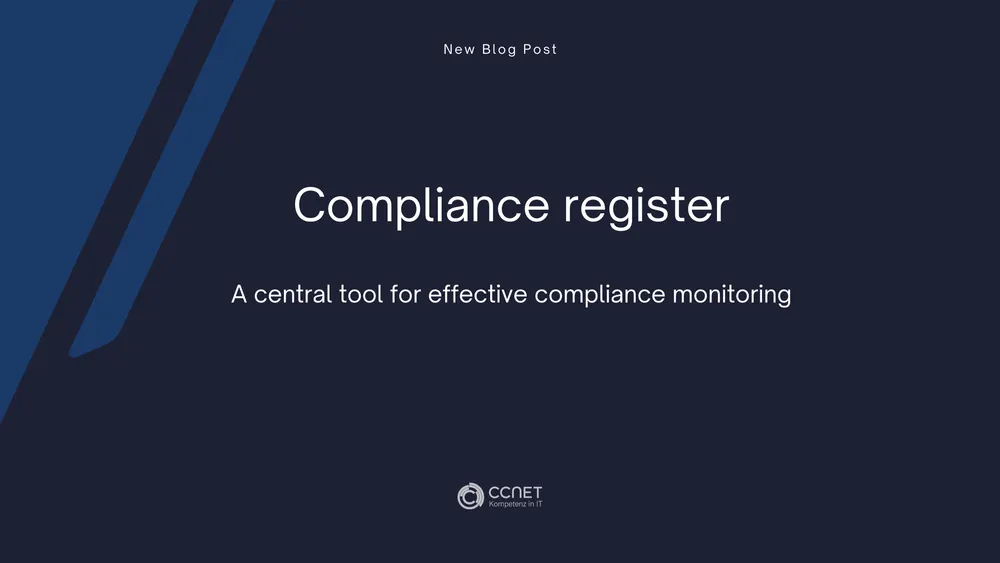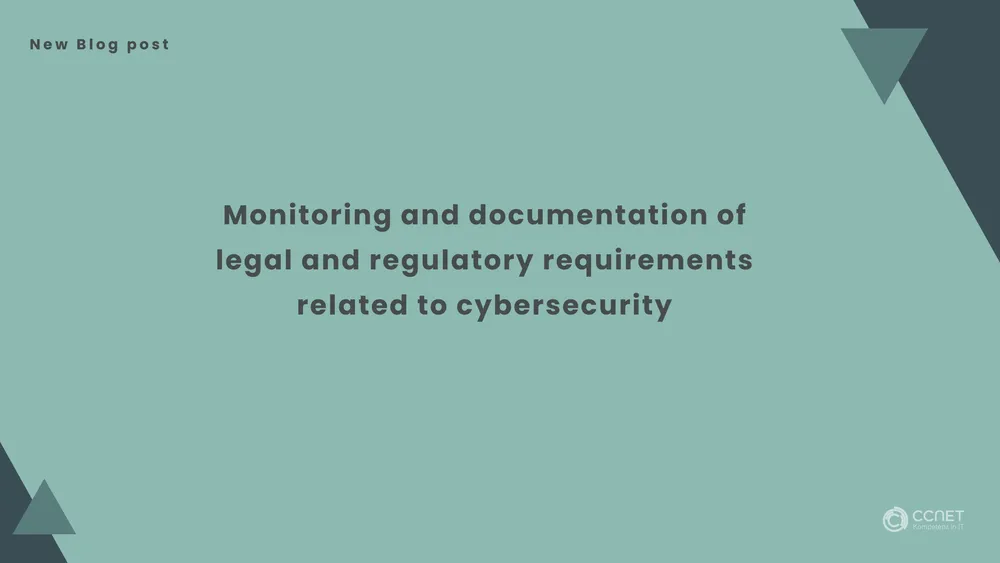
CCNet
Jan 26, 2024 • 2 min read

Fines and NIS2: How subservice providers may be affected
The NIS2 Directive (Network and Information Systems Directive 2) stands as a critical framework aimed at fortifying cybersecurity within the European Union while bolstering resilience against cyber threats. Among the numerous inquiries that arise, a significant question emerges: can fines imposed under the NIS2 Directive be transferred to sub-service providers? This article delves into this inquiry, exploring its implications on companies and their affected subservice providers.
Further information can be found here: IT-Consultation
Fines and Main Companies
Essentially, fines under the NIS2 Directive are imposed directly on companies falling within its scope. This implies that primary companies categorized as "Essential Service Providers" bear the primary responsibility for meeting NIS2 requirements and ensuring compliance.
Contractual Clauses as a Solution
While there is generally no provision for the direct transfer of fines to subservice providers, main companies can incorporate specific clauses in contracts with subservice providers. These clauses may outline compliance with NIS2 requirements and stipulate financial penalties for any breaches.
Example from the IT Industry
Consider the IT industry as an example. A primary company may contract with a cloud service provider, and this contract might specify penalties for security breaches leading to NIS2 non-compliance. If the cloud service provider breaches these security requirements, resulting in a fine for the main company, the costs could be indirectly transferred to the subservice provider based on the contractual agreements.
Example from the Manufacturing Industry
In the manufacturing industry, an industrial control system manufacturer might engage subcontractors for software development. Contracts in this scenario could feature clauses holding the subcontractor accountable for security vulnerabilities in the software. Financial penalties for NIS2 non-compliance could also be specified. Should a fine be imposed on the manufacturer due to a security flaw in the sub-service provider's product, the main company might attempt to contractually shift these costs to the sub-service provider.
Implications and Considerations
The issue of transferring fines to subservice providers raises several practical and ethical considerations. On one hand, holding subservice providers accountable for breaches that impact the main company's compliance could incentivize them to prioritize cybersecurity measures. This alignment of interests between main companies and subservice providers can contribute to a more robust overall cybersecurity posture.
However, there are potential challenges and complexities associated with transferring fines to subservice providers. Contractual agreements must be carefully drafted to ensure clarity and fairness. Moreover, subservice providers may argue against shouldering fines, particularly if the breach occurred due to factors beyond their control or if the penalties are disproportionate to their resources.
Furthermore, the effectiveness of fines as a deterrent hinges on their enforceability and consistency. Main companies must have mechanisms in place to monitor and enforce compliance among subservice providers, which may require additional resources and oversight.
Conclusion
While the NIS2 Directive itself doesn't explicitly provide for the transfer of fines to sub-service providers, this can be governed through contractual clauses between main undertakings and their subservice providers. It is imperative that companies and subcontractors are cognizant of this possibility and establish clear agreements to ensure compliance with NIS2 requirements and manage any ensuing financial consequences. Collaborative efforts between primary companies and subservice providers are pivotal in guaranteeing cybersecurity and NIS2 compliance across the entire supply chain.
In essence, the flexibility provided by contractual arrangements allows for a nuanced approach to managing responsibilities and potential fines under the NIS2 Directive. This adaptability is vital in navigating the intricate landscape of cybersecurity regulations within the European Union.


